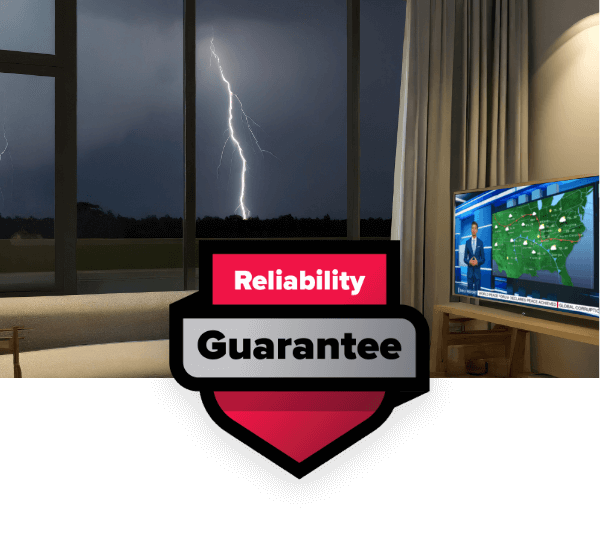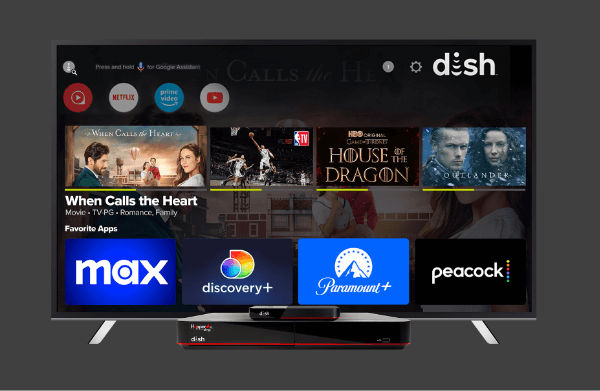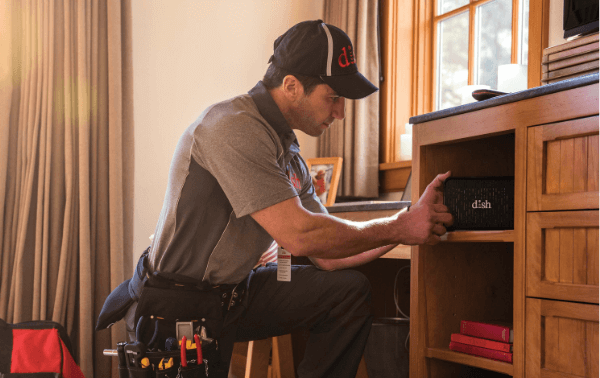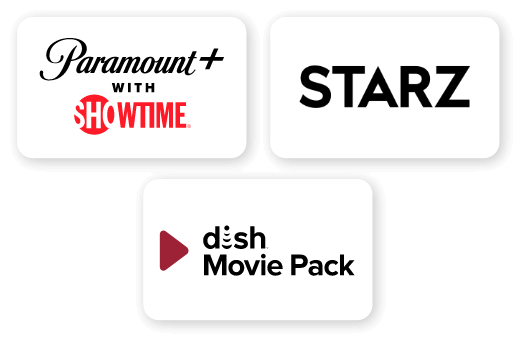How Peak Hours Affect Your Internet Speed
Table of Contents
Ever wonder why your Netflix stream starts buffering right in the middle of your evening show, or why your video calls get choppy during important meetings? Just like rush hour traffic on highways, the internet has its own peak hours when network congestion can slow things down. Knowing these patterns can help you make the most of your internet connection, no matter what time of day you’re online.
What Are Internet Peak Hours?

What are internet peak hours?
Internet peak hours, commonly known as “internet rush hour," typically occur between 7 PM and 11 PM on weekdays [1]. This is when network congestion reaches its highest levels as people return home and begin their evening online activities. Whether it’s streaming their favorite shows, joining video calls with family, or playing online games, millions of users accessing the internet simultaneously can create significant slowdowns.
The timing of peak usage isn’t random—it follows fairly predictable patterns:
- Weekday Evenings (7 PM – 11 PM): The busiest time for residential internet use
- Weekend Afternoons and Evenings: Extended periods of high usage (when everyone in the neighborhood is home and on their devices)
- Early Morning (4 AM – 7 AM): Typically the fastest speeds with minimal congestion
- Late Night (11 PM – 4 AM): Gradually improving speeds as users log off
Understanding Network Congestion
Think of your internet connection like a highway system, where data travels along digital roads. During off-peak hours—like late at night or early in the morning—data flows freely at high speeds with minimal interference, much like driving on an empty road. However, during periods of peak usage, such as evenings when many people are streaming, gaming, or still working online, these digital highways become crowded. This congestion can cause slowdowns and delays, making your online experience less smooth.
Network congestion impacts different online activities in various ways, depending on how much bandwidth they require:
- Streaming Services: You might experience increased buffering or have to settle for lower video quality as the platform adjusts to the slower speeds.
- Online Gaming: Higher ping rates and lag might disrupt gameplay, making real-time reactions difficult and frustrating.
- Video Calls: You could notice choppy audio, frozen video, or even dropped calls, especially when multiple users are on the same network.
- Web Browsing: Pages may load more slowly, and images or videos might take longer to appear, making even simple tasks feel sluggish.
Understanding how congestion impacts your connection can help you better plan and optimize your internet usage during busy times.
How Different Internet Types Handle Peak Hours

Connection type matters!
Not all internet connections handle network congestion the same way. Knowing how your connection holds up during peak hours can help you set more realistic expectations.
Fiber Internet
Fiber optic connections generally maintain consistent speeds even during peak hours, making them a reliable choice for both personal and professional use. Unlike traditional broadband, fiber uses dedicated lines that aren’t shared with neighboring users [2], which helps prevent speed drops during high-traffic times. Additionally, fiber’s enormous bandwidth capacity allows it to handle multiple devices and data-heavy activities, such as streaming, gaming, and video conferencing, all at once without significant slowdowns.
While users might occasionally experience minor speed fluctuations, the impact is minimal and often goes unnoticed. This makes fiber optic internet an ideal option for those who prioritize speed and reliability.
Cable Internet
Cable internet, on the other hand, shares bandwidth among neighborhood users, meaning your connection can slow down when many people in your area are online at the same time. This often happens during peak hours. During these times, speeds can drop significantly as the network tries to handle the increased demand.
However, cable networks have made strides in improving their capacity management by upgrading infrastructure and implementing advanced technologies [3]. These improvements have helped reduce the severity of slowdowns, offering a more consistent experience for users than in the past. Despite these advancements, it’s still important to consider this potential for speed variation when choosing an internet service, especially if you rely on a stable connection for work or entertainment.
DSL and Satellite
These connection types face unique challenges during peak hours:
DSL:
- DSL connections are less affected by neighborhood congestion since they rely on dedicated phone lines rather than shared networks [4].
- However, performance heavily depends on how far you are from the provider’s equipment, such as the central office or a distribution point. The farther away you are, the slower your connection tends to be.
- While DSL may experience moderate slowdowns during peak usage, it is generally more stable compared to other connection types during busy times.
Satellite:
- Satellite connections are highly vulnerable to congestion during peak hours because they rely on limited satellite bandwidth to serve multiple users in a given area [5].
- Many satellite providers enforce data caps, which can result in throttling or drastically reduced speeds once the limit is reached, further exacerbating issues during high traffic times.
- Additionally, satellite connections are sensitive to weather conditions, such as rain or heavy clouds, which can compound the already challenging peak hour slowdowns, making them less reliable.
Improving Your Internet During Peak Hours

Improve your network connection
Rather than suffering through slow speeds, there are several effective strategies you can implement to improve your connection during peak hours.
Quick Fixes
Taking these immediate steps can help optimize your connection when you notice slowdowns:
- Close unnecessary browser tabs and background applications
- Limit the number of connected devices
- Use ethernet cables instead of Wi-Fi for important tasks
- Disable automatic updates during peak hours
- Schedule large downloads for off-peak times
Technical Solutions
For those willing to dig deeper, these technical optimizations can make a significant difference:
Configure your router’s Quality of Service (QoS) [6] settings to prioritize important traffic. This tells your router which activities should get priority when bandwidth is limited. For example, you might prioritize video calls over file downloads.
Consider upgrading your networking equipment:
- Modern routers with Wi-Fi 6 capability [7]
- Mesh networking systems for better coverage
- Updated network cards in your devices
- Quality ethernet cables for wired connections
Long-term Strategies
If you consistently struggle with peak hour performance, consider these longer-term solutions:
- Evaluate your current internet plan and consider upgrading to a higher tier
- Research alternative internet providers in your area
- Look into business-class internet options if you work from home
- Consider a backup internet connection for critical tasks
- Investigate the benefits of switching to a different type of internet connection
The Future of Internet Peak Hours

Where do we go from here?
As internet usage patterns evolve, traditional peak hours are beginning to shift. Remote work, cloud gaming, and increased streaming service adoption are all changing when and how we use the internet. Many providers are adapting by:
- Implementing more sophisticated traffic management systems
- Expanding network capacity in residential areas
- Developing new technologies to handle peak usage
- Offering specialized plans for heavy users
- Building out fiber networks to reduce congestion
Knowing how peak hours impact your internet speed helps you make smarter choices about when and how to use your connection. With a mix of quick fixes and long-term solutions, you can reduce the effects of network congestion and keep your online activities running smoothly.
[1] Reddit. Home networking; internet slowing down.
[2] Verizon. Shared fiber vs. dedicated fiber.
[3] Cisco. Cable Network Infrastructure.
[4] HowStuffWorks. DSL explainer article.
[5] Archive.org. Satellite internet effectiveness.
[6] The National Institute of Standards and Technology (NIST). Quality of Service.
[7] Intel. Wi-Fi 6 explainer article.






 Call
Call 

 Access Your Account
Access Your Account